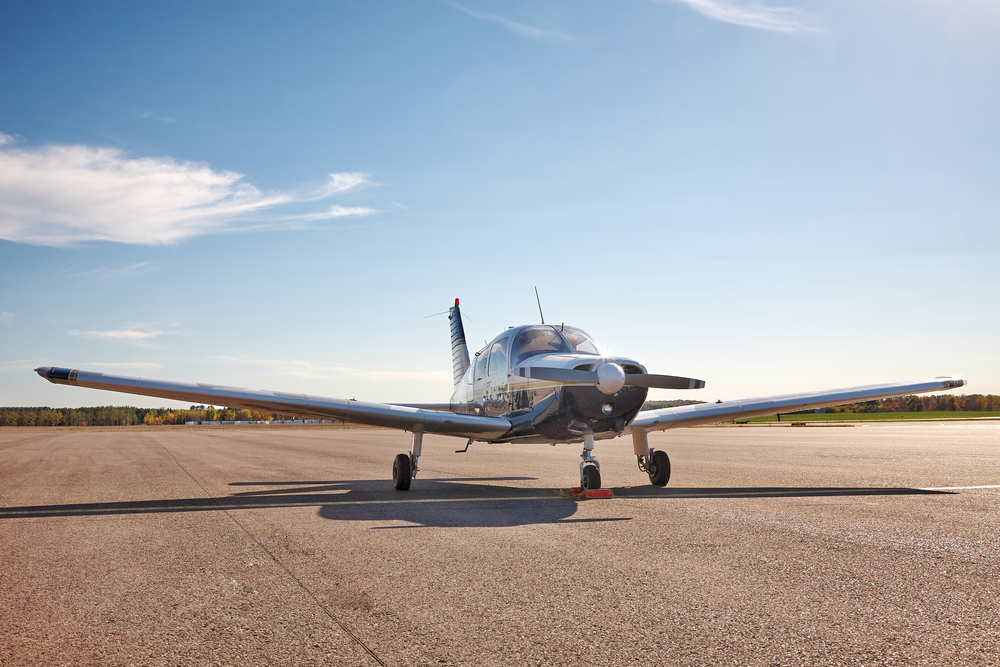East Hampton Airport: An Overview
East Hampton Airport (HTO) is a public use airport located in Wainscott, Suffolk County, New York. It serves the East Hampton community, offering convenient access to one of Long Island’s most exclusive and picturesque areas. Let’s explore the airport’s history, facilities, services, and its role in the local community.
History of East Hampton Airport
East Hampton Airport was established in the 1930s. Initially, it was a private landing strip used by local aviation enthusiasts. During World War II, it served as a training site for pilots. Post-war, it transitioned to a municipal airport under the ownership of the Town of East Hampton. Since then, it has supported regional air travel and tourism.
Facilities and Infrastructure
The airport spans 570 acres and features two runways. The main runway, Runway 10/28, is 4,255 feet long. The secondary runway, Runway 16/34, is 2,060 feet long. Both are asphalt-surfaced. The airport also includes a terminal building, an air traffic control tower, and several hangars.
The terminal building offers basic amenities. These include restrooms, a waiting area, and a few vending machines. There are no large on-site dining or shopping options. However, the proximity to East Hampton means amenities and services are just a short drive away.
Services Offered
East Hampton Airport supports a variety of aviation services. These include general aviation, charter flights, and air taxi services. The airport is popular for its convenience to East Hampton and other parts of the Hamptons. Pilots can take advantage of fueling facilities, maintenance services, and tie-down spots for aircraft.
Several Fixed-Base Operators (FBOs) provide additional services. These include aircraft hangaring, ground handling, and concierge services. These FBOs cater mainly to private and corporate jet travelers.
Environmental Impacts
Environmental impact is a significant concern for East Hampton Airport. The airport is situated in a region known for its natural beauty and protected landscapes. Noise pollution from aircraft operations is a contentious issue. It affects residents and visitors who value the tranquility of the Hamptons.
The Town of East Hampton has implemented measures to mitigate noise. These include voluntary flight restrictions and preferred flight paths to minimize disruption. The airport operates under strict environmental guidelines to balance air travel needs with environmental preservation.
Community Relations and Issues
The airport has a complex relationship with the local community. It plays a vital role in supporting tourism and the local economy. However, residents are concerned about noise, traffic, and environmental impacts. There have been legal disputes and regulatory battles over operating hours, flight frequency, and runway usage.
Efforts to engage with the community include public meetings, surveys, and transparency initiatives. The airport management works with local authorities and community groups to address concerns. They strive to find a balance between operational needs and residents’ quality of life.
Future Development Plans
Future plans for East Hampton Airport focus on sustainable growth. These include upgrading facilities, improving environmental protections, and enhancing community engagement. The airport aims to maintain its role as a vital regional hub while minimizing negative impacts.
There is ongoing discussion about further limiting operations during peak seasons. This would help reduce congestion and noise. Investments in renewable energy and green technologies are also being explored to make the airport more environmentally friendly.
Travel Tips for Visitors
- Check for any seasonal travel restrictions or advisories before planning your trip.
- If possible, arrange ground transportation in advance, as taxi services may be limited.
- Be mindful of local noise ordinances during your stay, particularly in residential areas.
East Hampton Airport remains a key gateway to one of New York’s most desirable destinations. Understanding its history, services, and community impact can enrich your travel experience.
“`

